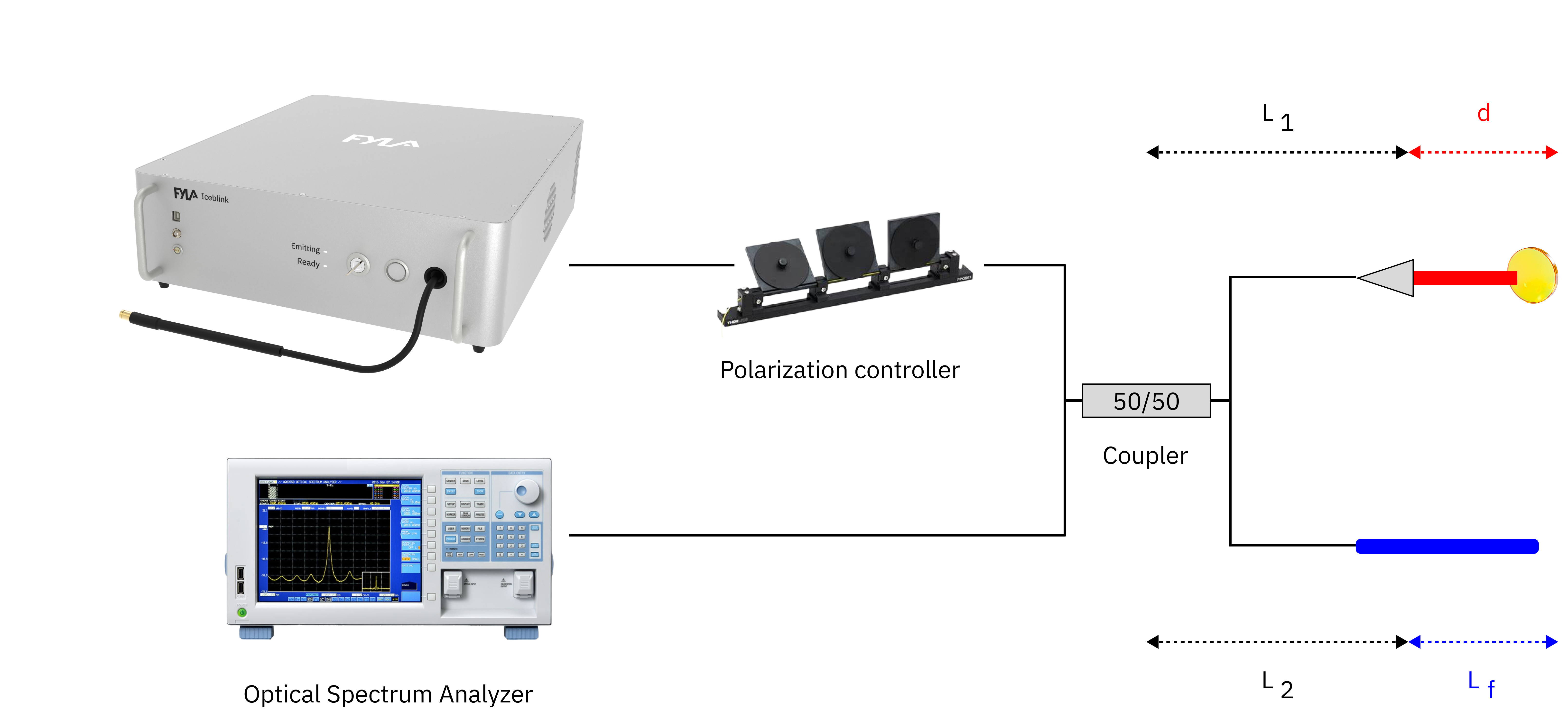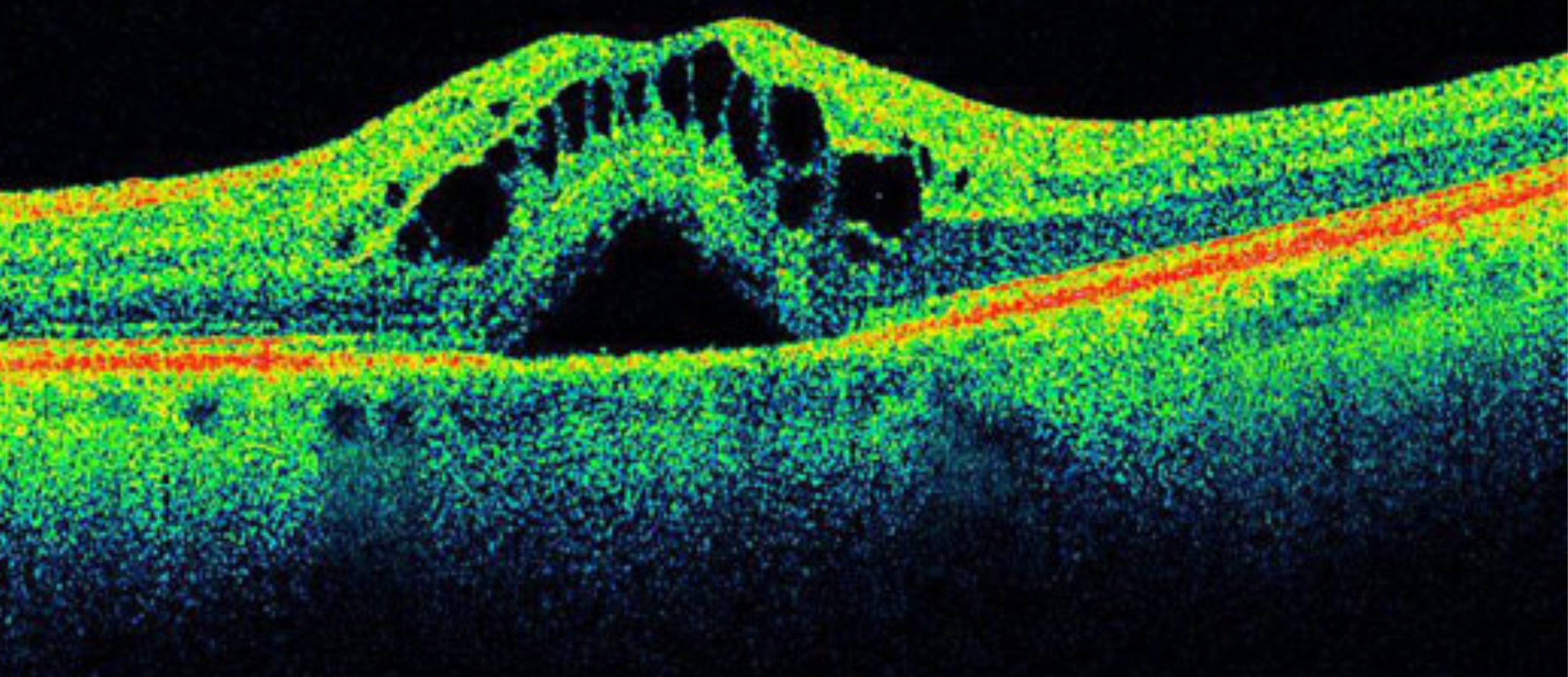Fiber-based sensors are continuously substituting traditional sensors due to their compact and optimized structures, which reduce the size and price of the systems, allowing for transmission of data at longer distances and higher sensitivity to changes in the environment. These characteristics lead to positive impacts in multiple fields such as medicine, telecommunications or transport.
Fiber-based sensors can be described according to their working principle (modulation of intensity, interferometry, polarimetry, or spectrometry). One of them is based on the interferometry of an optical beam that is travelling through different optical paths, producing a change in the phase of the light. Additionally, there are multiple interferometric modalities (Mach-Zehnder, Michelson, Fabry-Perot, among others) and extrinsic or intrinsic configurations, depending on the place where the change in the phase modulation takes place.
In this scope, Dr Lopez Dieguez at the University of Guanajuato, performed an exhaustive study regarding the characteristics and limitations of today’s interferometric sensors for the detection of physical parameters, pointing out the main advantages and applications of this rising technology and presenting a new technique for the fabrication of interferometric fiber based sensors.
Fiber-Based Sensors – Components and their Fabrication
Dr Lopez Dieguez describes the main components of a fiber-based sensor:
- Broadband light source that is able to cover not only the VIS but also the NIR range. Multiple options are available with this characteristic such as SLD, LEDs or supercontinuum lasers.
- Passive elements such as splices for the preparation of the optical fibers.
- Insulators to get rid of the back reflections that can take place.
- Circulators direct the signal towards a specific fiber in a clockwise modality.
- Polarization controllers.
- Wavelength Division Multiplexor to combine two optical beams with different wavelengths.
- Fiber coupler to divide the beam into two optical paths.
- Detectors that must show fast and lineal responses and should work in the VIS and NIR (matching the spectral characteristics of the light source). Common detectors include Silicon or Germanium materials.
Furthermore, a new fabrication technique was also proposed. This new fabrication method uses a conventional fiber and a piece of fiber that is tightened. Both fibers are spliced with the application of an electric-arc fusion splicer. Subsequently, the tightened fiber end receives electrical discharges to obtain a pointed finish.
With the proposed components and new fabrication techniques, multiple applications were explored. They allowed to detect and measure physical parameters such as the refractive index of aqueous solutions, detection of temperature or study of the concentration changes in a solution.
Study of Chromatic Dispersion with the Iceblink Supercontinuum Laser
The last part of this research project consisted of the optical characterization of an optical fiber. In particular, they measured the chromatic dispersion of the optical fiber that they used to produce the sensors. Figure 1 shows the experimental setup for the optical characterization of the fiber.

In the measurement of the chromatic dispersion of an optical fiber, the experimental setup consisted of a Michelson interferometer, that used a 50/50 fiber coupler to combine the reflected light and produce the interference. In the illumination path, our Iceblink 1W supercontinuum laser (previously named SCT1000) was used due to its broad spectrum and at the other entrance, there was a spectral analyzer to monitor the spectrum of the interference. In the reference arm, a pigtail collimator collimates the light reflected by a motorized mirror system controlled via software. The measuring arm contains the sample, in this case, the optical fiber under study.
The chromatic dispersion of the optical fiber is calculated as a function of the distance d in the reference arm, through an analysis of the interference signal between the light reflected by the reference arm, and the light reflected by the sample.
Why the Iceblink Supercontinuum Laser is an Ideal Tool for the Detection of Physical Parameters in Fiber-Based Sensors
The characteristics of the Iceblink make it a suitable technology for the measurement of optical parameters:
- The importance of having a broad spectrum has been previously mentioned. Our Iceblink supercontinuum laser emits between 450 and 2300 nm. Having a supercontinuum laser means being able to measure multiple optical parameters (such as the index of refraction, the reflection, and the chromatic dispersion, among others) of different species with just one equipment instead of using multiple narrowband sources.
- Although considerations on SLD and LEDs can be made, it can be pointed out that the Iceblink is a white light laser. This means that the spectrum is smooth and flattened. This property makes the Iceblink an ideal tool for free-space measurements at longer distances.
- The Iceblink has a very long lifetime. The lifespan of our technology cannot be compared to that of light-emitting diodes or Tungsten lamps. The power stability measured during more than 16k hours is less than 0.5% of std.dev. This feature is crucial when performing precise measurements and it directly affects the repeatability of the optical characterization experiments.





